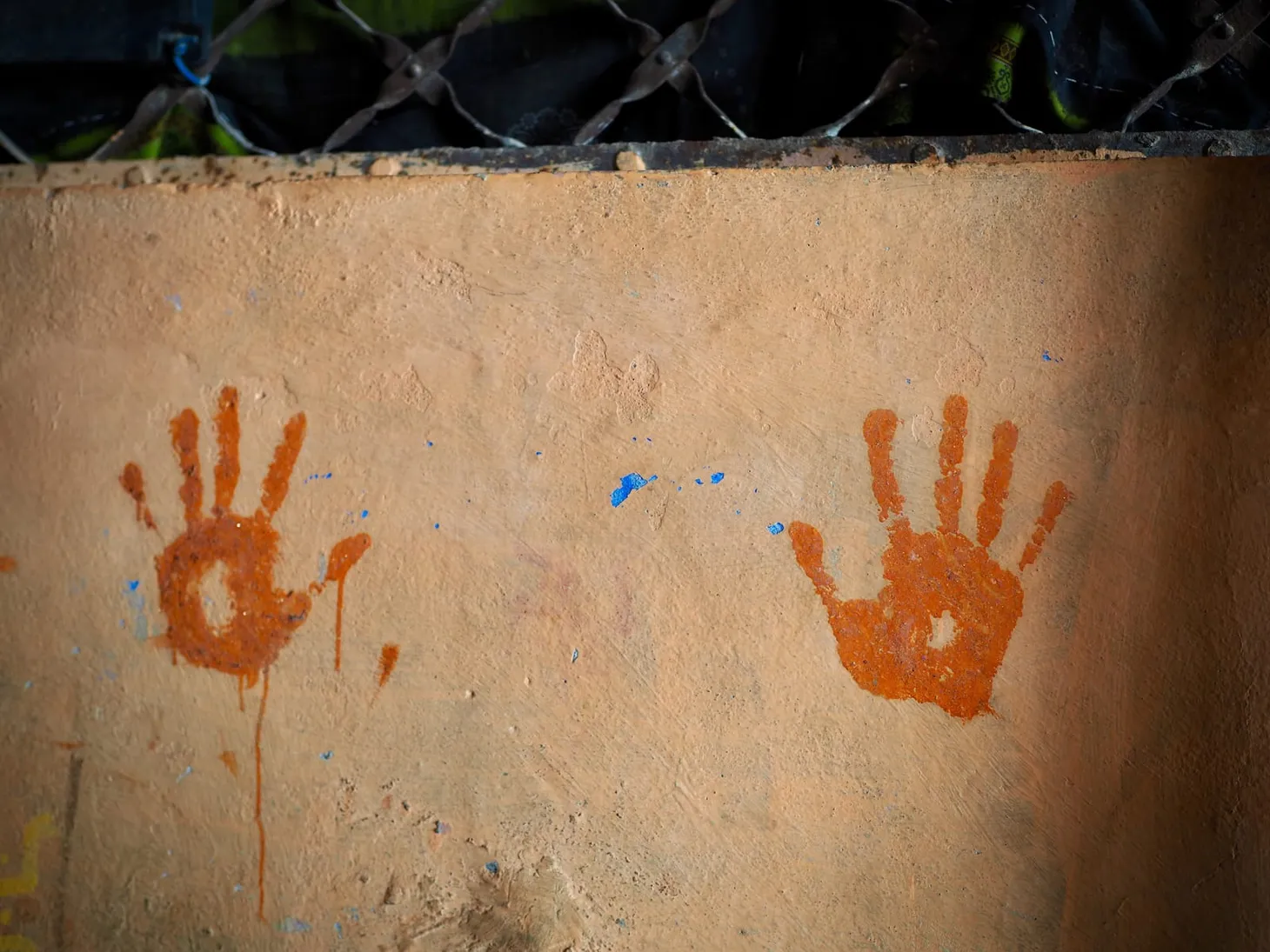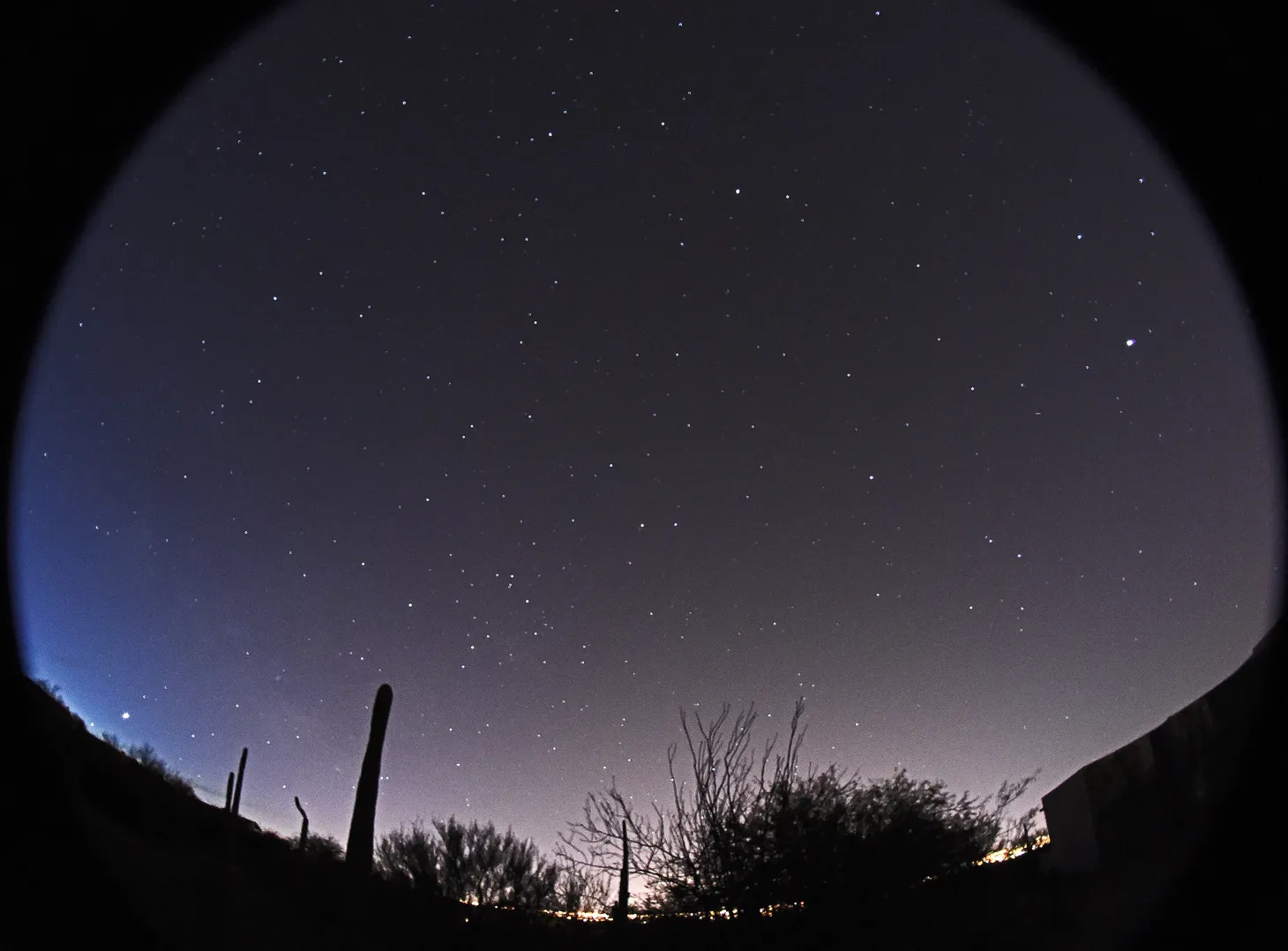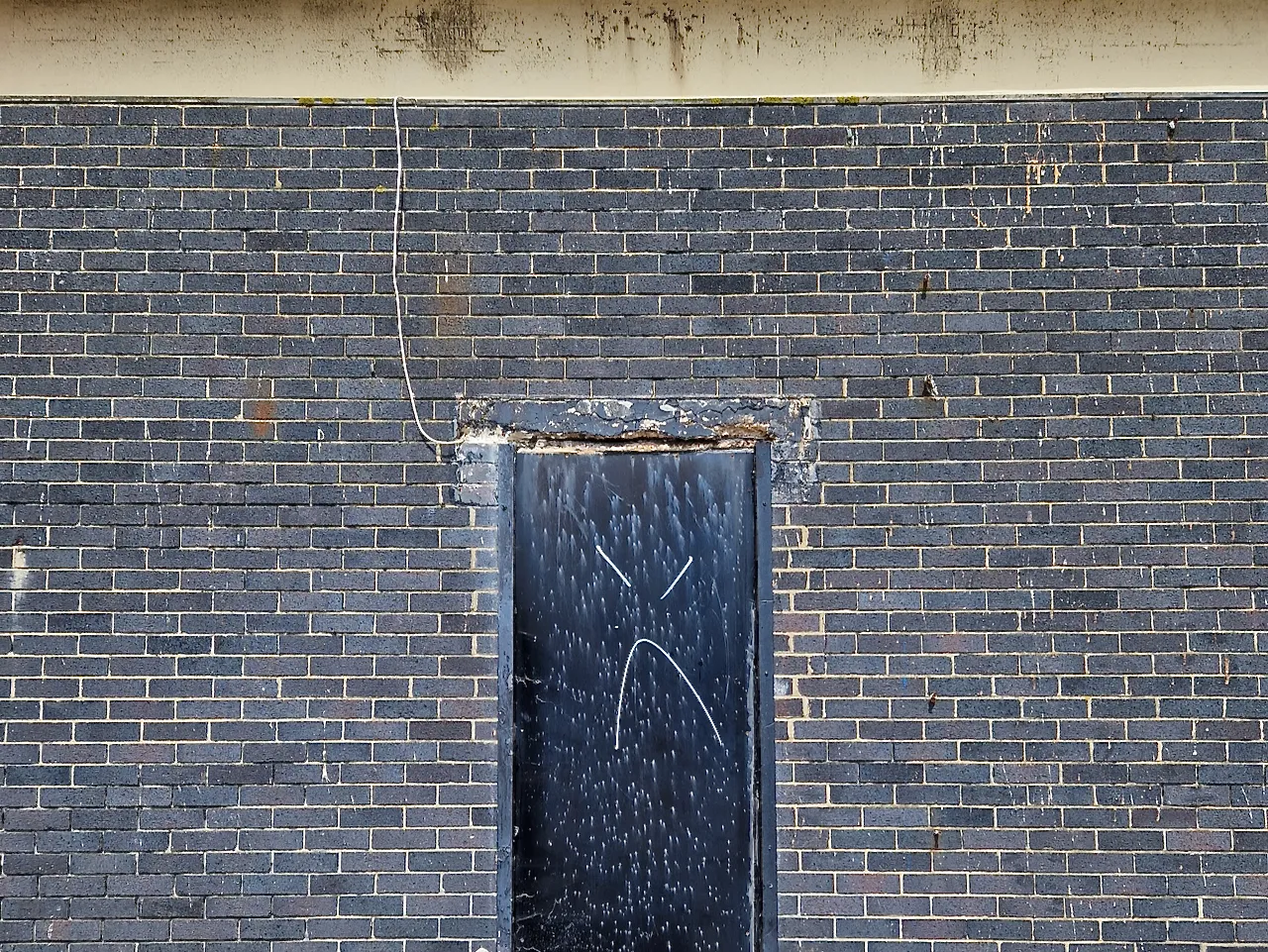The Last Time
Perhaps last times are (at least) as important as first times. The more vividly we can honour both, the more we can feel the significance of each moment.
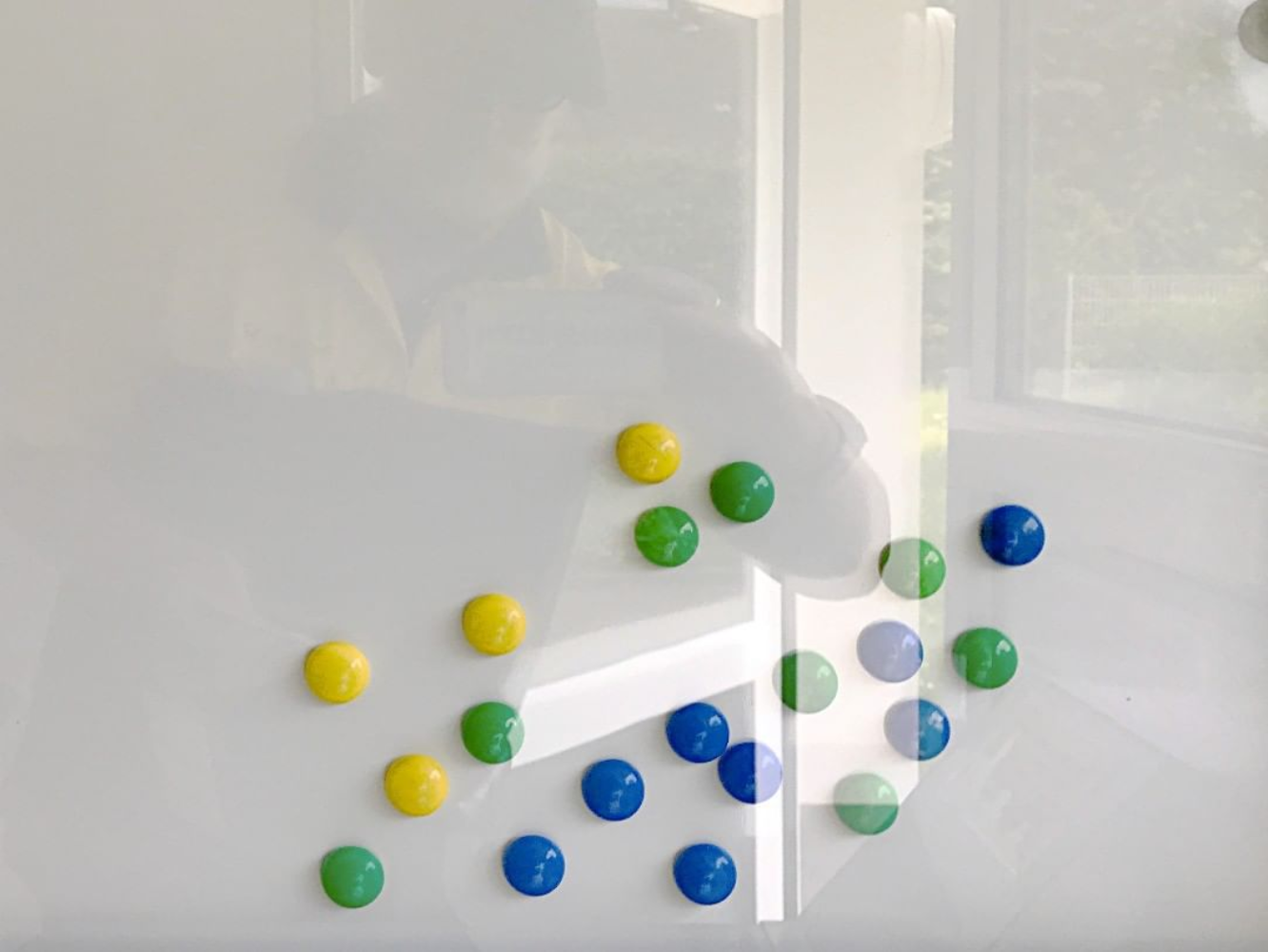
Hello Good Lookers,
It's Menka here with another Letter about slowing down and noticing more of this moving target of a moment we call life!
About endings
Like a two-headed water monster, we used to bob around the pool as one. But today my toddler swam away muttering something about "I do it myself". And just like that, I think I witnessed another ending.
Of course, it was also a beginning. A new phase in my little one's aquatic adventures. And it's wonderful to notice these moments. In fact, mindfulness is often defined simply as the process of "actively noticing new things". And once we get good at this, we realise that it's happening all the time. Everything we observe is in constant flux, changing right before our very eyes. Each moment, a new story.
Where our attention often skips a beat is in noticing that beginnings are preceded by endings. Anything that can be seen (or known, by any of our senses), won't be the same even a mere nanosecond later. It is a finale. Conclusion. Last-time-ever. One-off scene, never again to be repeated. Sure, that's a subtle perspective, but even for the bigger things, we humans are not very good at registering endings.
In contrast, we're quite skilled at noticing newness. First steps. First taste of wasabi. First grey hair. Neophillia is the trait that inclines us that way. Perhaps that's why the beginner's mind mantra works so well - it plays to a natural tendency that we can recall easily. This makes sense from an evolutionary perspective - what's new could be food, or tigers. We can even find this bias in how we greet each other: "What's new?" we prompt.
So how can we give our due to endings? "Conscious completion" suggests Rosie Bell. She is a writer and editor with whom I've had the pleasure of working (she edited my book about mindfulness). She is also a mindfulness teacher and a cancer survivor, among other things, and I'd wholeheartedly recommend reading her essay: "Death and Sprinting".
I might feed a horse, pat her velvety nose and wander off – but what if I knew she was the last horse I’d ever see? There’s something in my eye, just imagining it. Perhaps proximity to ‘lasts’ affords us an important glimpse of how unsettlingly marvellous it is to be doing or seeing anything at all. Conscious completion allows us to look back across the finite set of moments and realise that each was as significant as the other – that is to say, absolutely, fundamentally significant.
Looking Exercise
Notice a last time
Pause at some point today, and take a moment to consider that this is the last time you'll be seeing this exact scene. And who knows, because nothing about the future is guaranteed, today may be your last, last time peeling a carrot, bumping into that friendly postman, or lying down on damp grass to look up at the clouds.

Links about Looking
How Imagination Helps Me See More Clearly [Read]
"Imagination is the interrupter of automatic predictions." A few thoughts I shared recently about why imagination is so precious to me.
Rewilding Your Attention [Read]
Clive Thompson writes about hunting down idiosyncratic and niche stories that are decidedly unviral, ignoring peer pressure and recommendation engines, in order to stay wild and curious.
Photosurvey of the Blackboards of Mathematicians [See]
These are brilliant. Maybe the world needs fewer photos and more photosurveys. The juice is in the curation. (You can find the photographer Jessica Wynne on Twitter.)
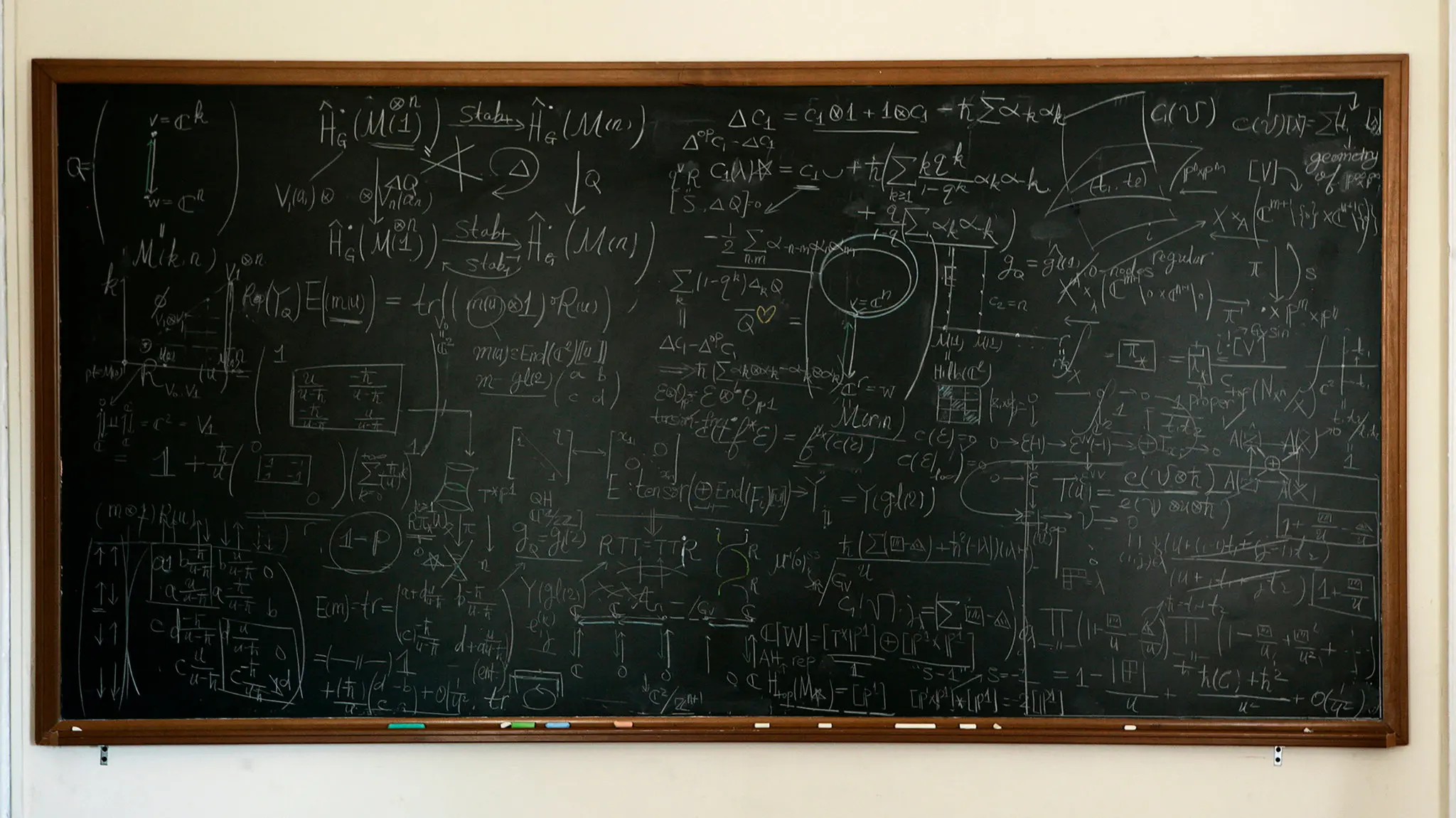
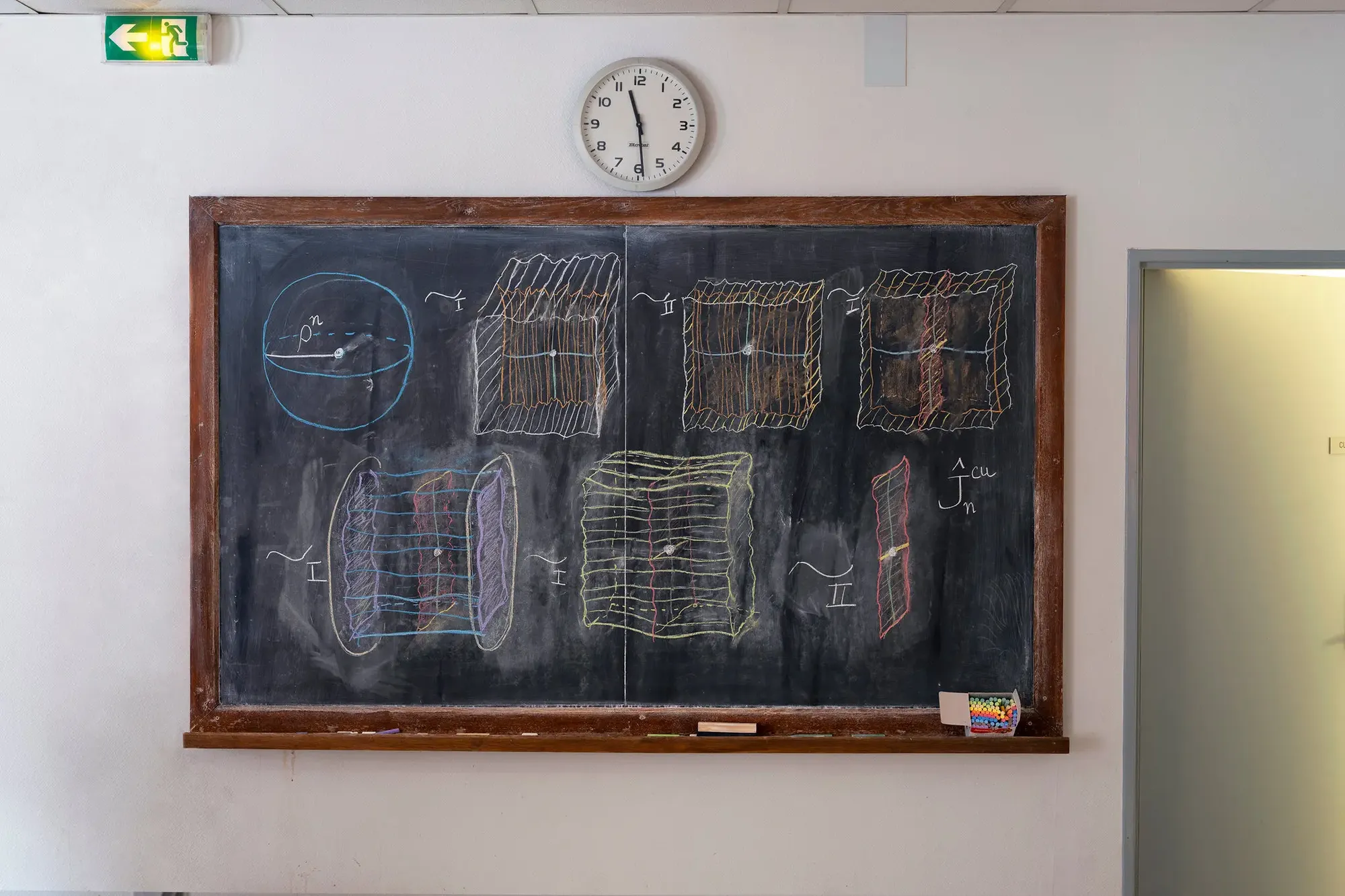
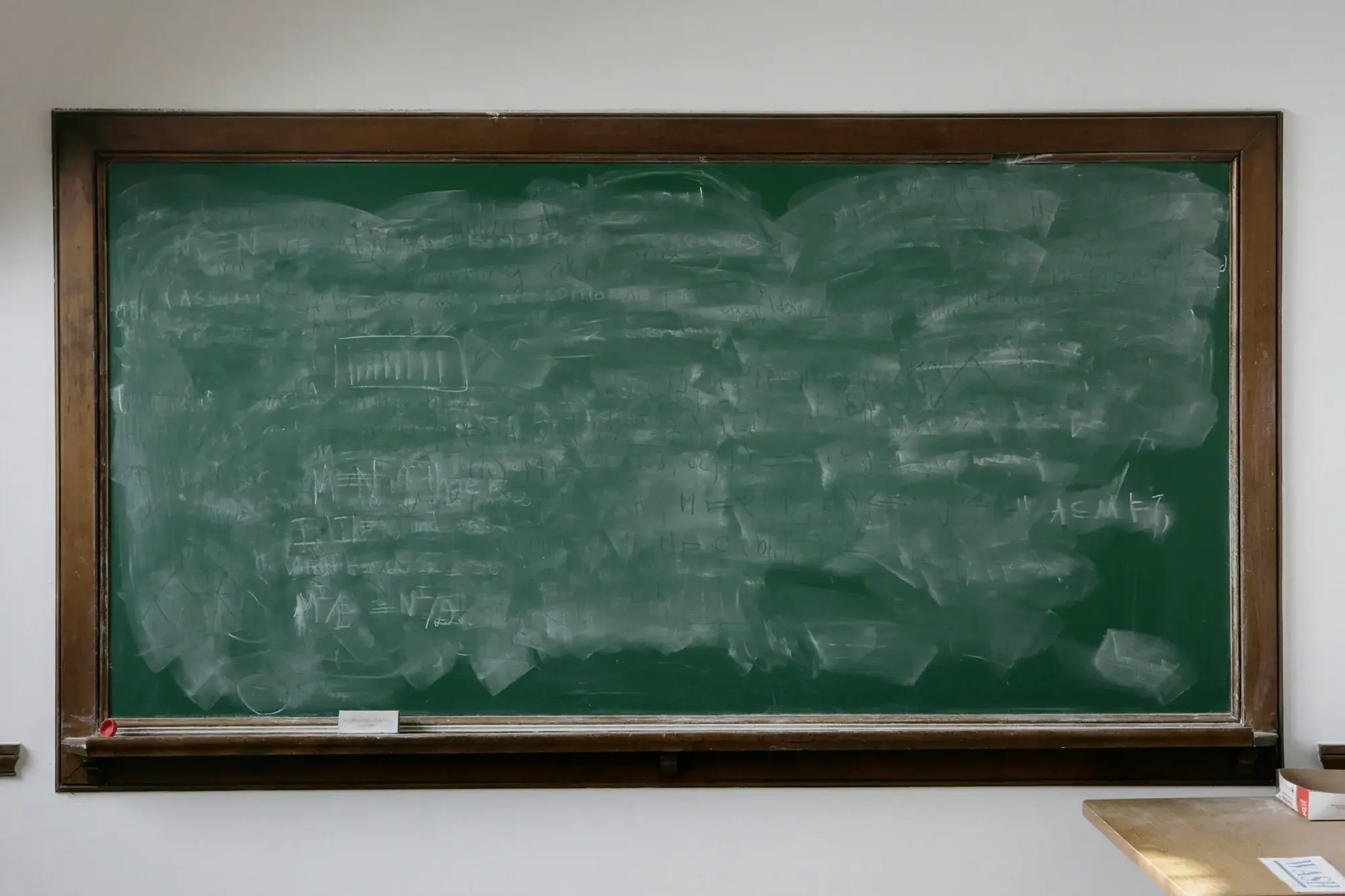
What is an "Infrathin"? [Read]
The warmth of a seat that has just been vacated. The imprint of a sock around an ankle after the sock is removed. "Infrathin" is a poetic concept coined by the artist Marcel Duchamp, but when asked to define it he said you can't, you can only give examples. Not to worry, that link will take you to a pdf list I found with 1000 more examples! (Hat tip to Rob Walker's excellent "The Art of Noticing" book for this word)
Everyday Objects in Macro [Watch]
Take an extremely close look at a pair of glasses, a kitchen sponge and other everyday objects. It's a chance to wonder for a moment, just before the photographer zooms out for the reveal.
Thanks for your attention, dear readers. I hope to have done it justice. Feel free to reply with a thought or image. Maybe even a "last time" that you noticed today.
Yours in curiosity,
Menka
ps. I've made an archive of the old letters here on the website: Just Looking
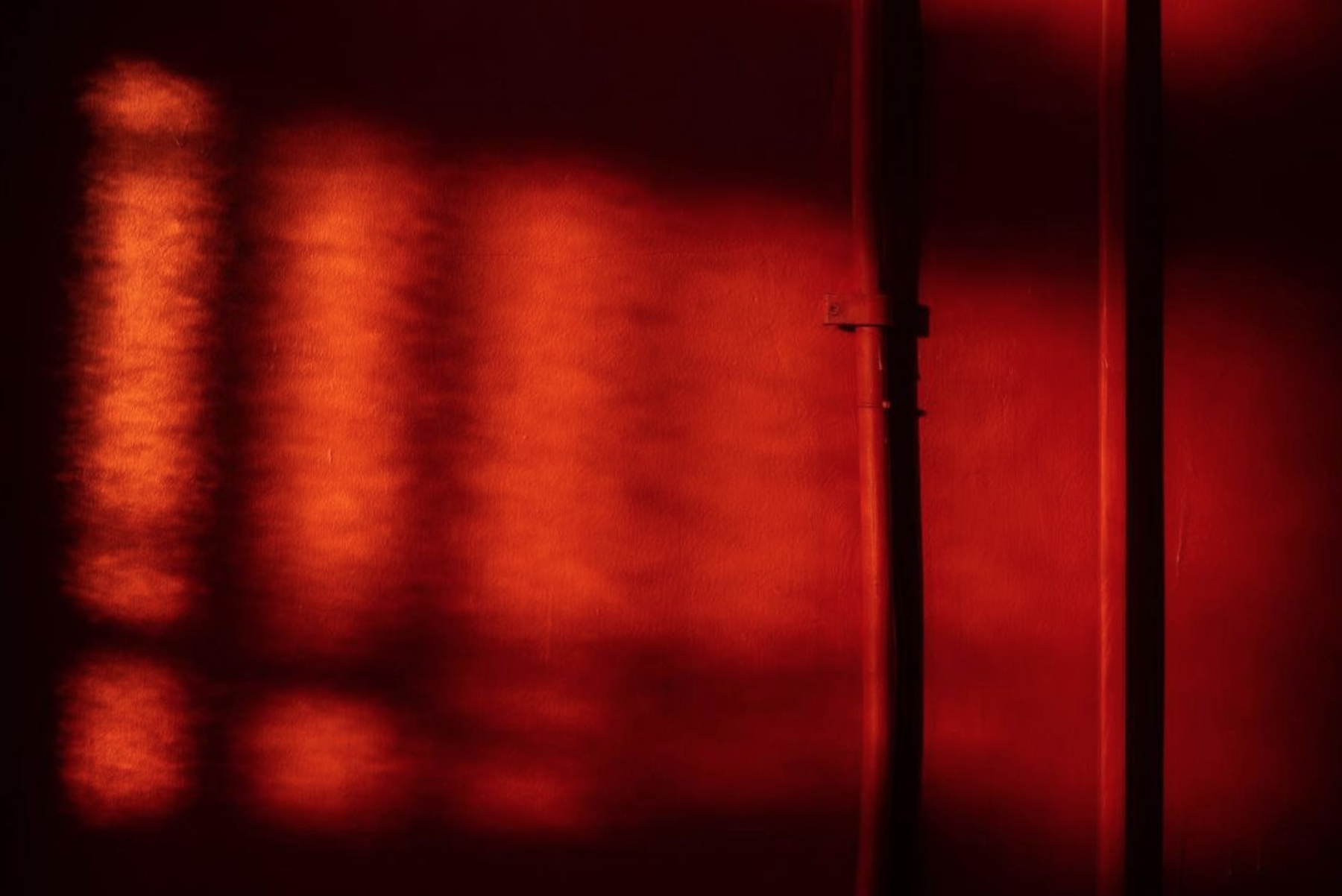
Noticing – Our Newsletter
Join our newsletter community for monthly inspiration to slow down and stay curious about everyday life and what matters most to you.


